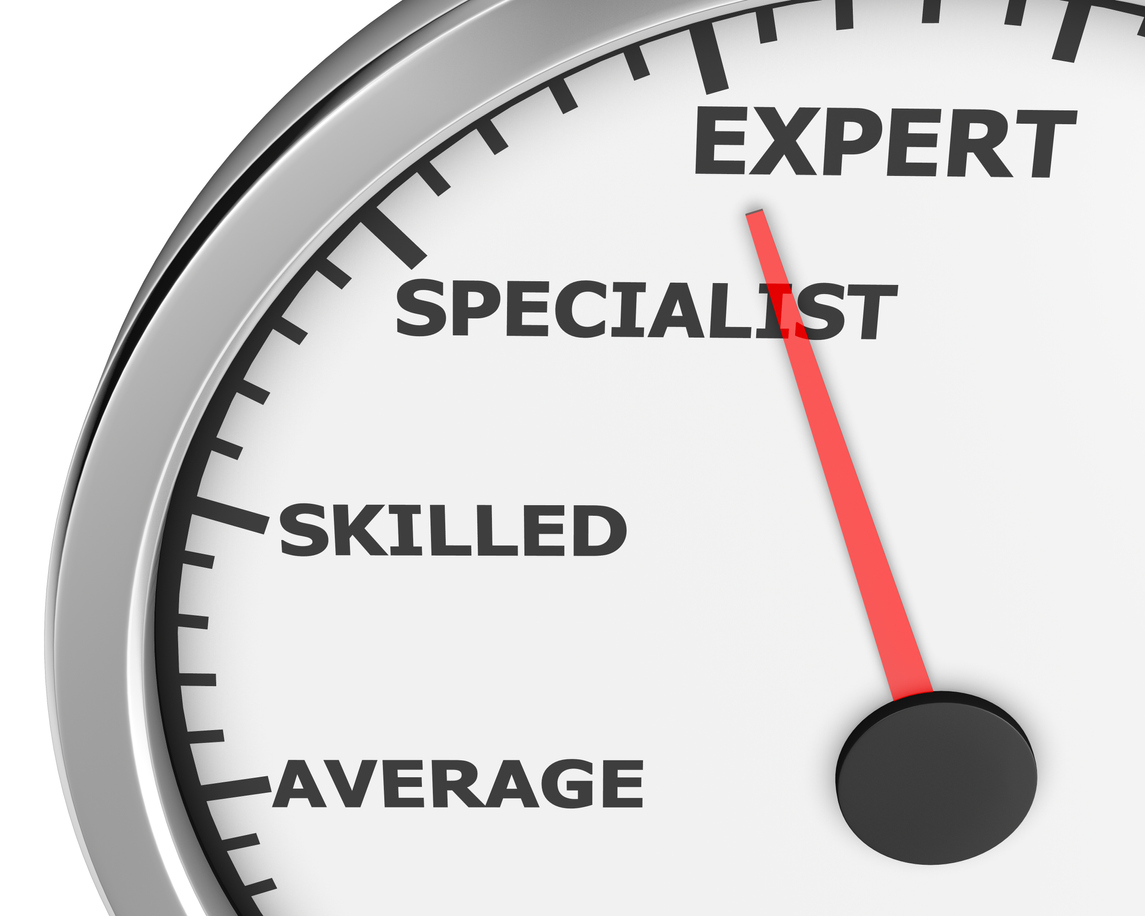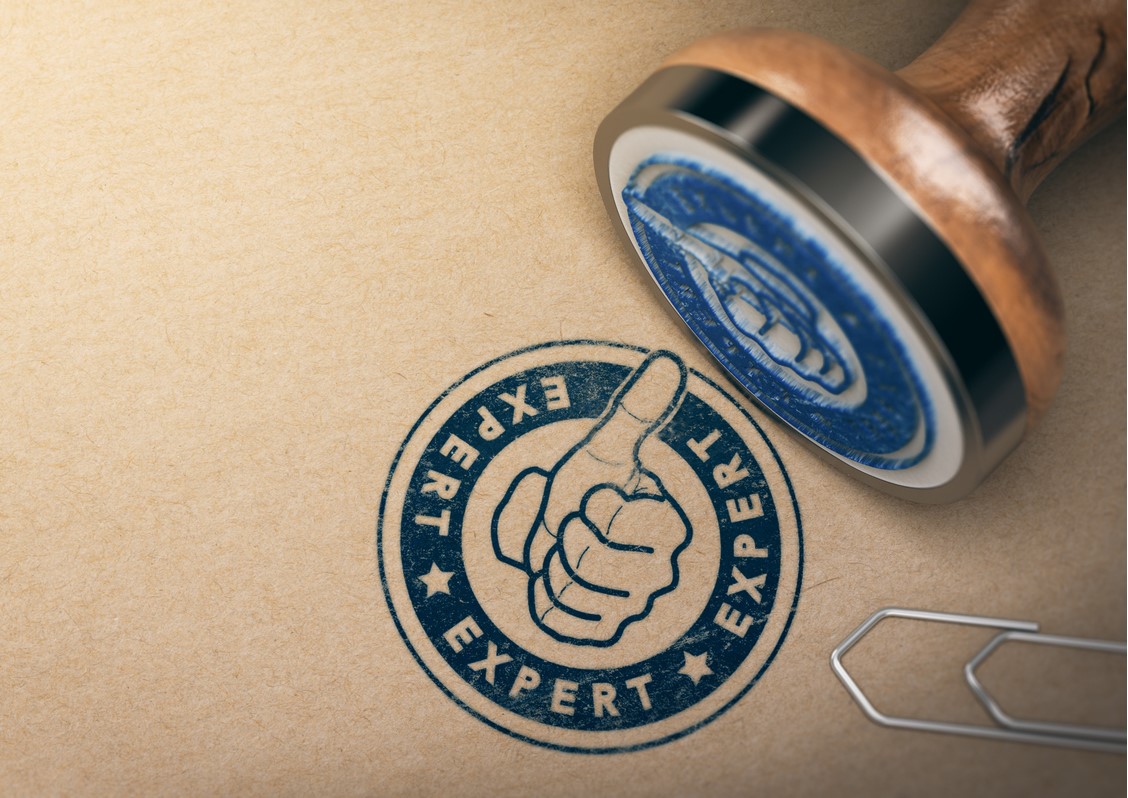(Note: This guest blog is by Nicole Vinson, an attorney with Merlin Law Group in the Tampa, Florida, office. This is part of a series she is writing on Examinations Under Oath and Public Adjusters).
Everyday, I talk with various people about insurance claims. I meet with public adjusters, consult with clients, discuss cases with my colleagues, talk with defense counsel, and, often, take testimony of witnesses or experts concerning insurance claims. My focus in all of these communications is to find a way to help the client and solve the problem. Many times this is easier said than done.
Yesterday, I was talking to a lawyer who practices in a different area of the law and in a different state. We were having a friendly chat, but then the conversation turned. She began telling me how unhappy she had become practicing in her area of the law. She felt she was not serving her client. My friend wanted to be evaluated on her assistance to the client and the client trust she built over the years but, instead, her boss recently only offered her feedback on the number of hours she billed. She asked me whether I thought her client relationships and quality of assistance mattered. I told her that her clients appreciated her work, even if the firm seemed to have a different focus. She then told me she felt it was time to change from defending medical malpractice claims to something new. She said she wanted to help people and wanted her work to have meaning. She wants to do plaintiffs work.
It sounds simple, but helping a client can be a challenge. Assisting policyholders with insurance claims is a great way to help people get what they rightfully deserve — the benefit of what they bargained for when they purchased an insurance policy. However, the path and tactics used to help the client can vary.
With respect to demands for examinations under oath, the best approach is what will help the client. Consider how your actions affect the client’s claim in the short term and in the long run. Think about how your actions will encourage a positive resolution for the client. The words seem simple, but I think public adjusters sometimes feel personally attacked when an insurance company adds an additional hurdle to a claim payment. If the insurance policy has a provision which stretches the EUO requirement to those other than the insured, consider the claim, the client and what is the best way to get the claim paid quickly. Whenever an examination under oath is demanded, a lawyer should be retained.
Lawyers who handle examinations frequently know how important the examinations can be in connection with the claim as a whole. Also, a lawyer who has a “client focus” can help to ensure the actions taken before, after, and during the EUO are in the client’s best interest. One example of a way to help includes pre-EUO stipulations. The lawyer can help the client with the claim by reaching agreements about who will testify, the documents requested, and the time, place, and manner in which the EUO will occur. The lawyer may be able to substitute the requested testimony of one insured for another or for a public adjuster. Depending on the case, a public adjuster’s assistance in the EUO may help the client’s claim reach a prompt and proper resolution.
By making sure your focus is on the client, you will be able to best resolve the claim. For example, consider the elderly or widowed client who has relied on hired professionals for the entire claim. If the insurance company really wants answers about the claim presentation, the PA may be the best person to testify. The client’s responses may be incomplete, and the public adjuster may be able to speak to various aspects of the claim and explain the claim evaluation in a sophisticated manner based on first-hand knowledge. As in any industry, there a common language in insurance, and an EUO between two professionals may go more quickly and with fewer instances of miscommunication.
In sum, I challenge you to truly consider what is the best for a prompt resolution of your client’s claim.



